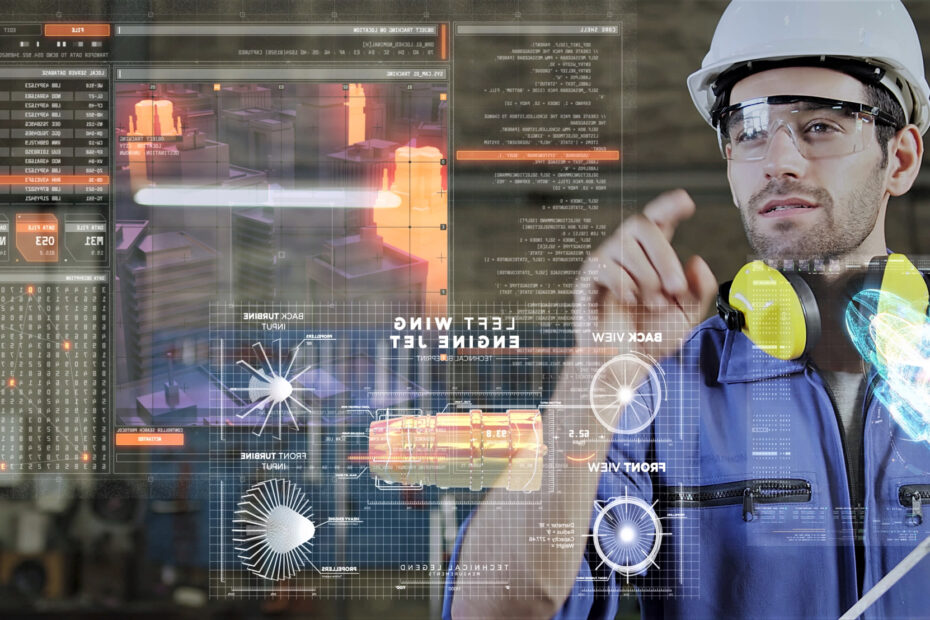5 Ways Front Line Worker Platforms Can Digitally Transform Your Manufacturing Business

The pandemic has revealed how easily business operations can be disrupted. 56% of Manufacturing companies say they have limited ability in responding to a major operational crisis. At the same time, 94% of manufacturers say that the adoption of digital technologies has enabled them to keep running their daily operations. How can Front Line Worker Platforms increase Manufacturing company’s ability to respond to these changing times?
In these challenging times, connected workers with real-time access to digital tools and technologies have become essential for any manufacturing facility looking to improve their productivity. They offer a quality of support that is not available in a three ring binder. Low code/no code Front Line Worker Platforms are now emerging as the best alternative to inefficient manual paper-based processes. Let us discuss how a Connected or Front Line Worker platform can transform your manufacturing business.
What is a Front Line Worker Platform?
Going by industry statistics, front line workers constitute 80% of the manufacturing workforce – and perform 72% of the manufacturing tasks. Despite their numbers, front line workers have limited access to digital technologies.
A Front Line Worker Platform enables manufacturers to empower connected workers with easy access to technology tools and on-demand digital resources required to perform their job efficiently and safely. Front Line Worker platforms provide your worker with the support they need through:
- Self-assist or the ability for the worker to learn or help themselves with on-demand access to required visual instructions resources and technical knowledge (video, diagrams, written instructions, and much, much more.)
- Work-assist or the ability to gain work assistance through available resources in the form of visual work instructions, digital checklists, and maintenance manuals to standardize job completion and increase data quality.
- Remote-assist or the ability to obtain remote video assistance using Augmented Reality or AR technology so that experts can see what the front line sees through their devices and speed resolution time when the unexpected occurs.
Next, let us discuss how a Front Line Worker or Connected Worker solution platform can transform the manufacturing domain.
Here are 5 effective ways in which a Front Line Workforce platform can address pain points for manufacturing companies:
1. Eliminates redundant paper-based processes
Manual or paper-based processes in manufacturing effectively lead to wastage of worker productivity by engaging them in time-consuming redundant paperwork that needs to be completed daily. A Front Line Worker platform digitizes this process allowing front line workers to enter their completed jobs on their connected devices (laptops, phones, tablets and smart glasses). As a result, job reports can be automatically generated whenever a job is completed and made available to management.
2. Handling the Great Crew challenge
The “Great Crew Change” challenge refers to the wave of older workers leaving the workforce due to retirement. As more baby boomers and senior executives retire, manufacturers are faced with the challenge of replacing them with a younger workforce. This requires constant upskilling and reskilling for key skilled job categories. Through self-assist tools, a Connected Worker platform provides the manufacturing crew with access to a range of training materials to speed up this process by radically improving the quality of these materials.
3. Improving machine uptime
Machine uptime is an important metric for improving productivity in manufacturing facilities. Unplanned machine downtime costs manufacturers an estimated $50 billion every year. Connected workforce platforms improve maintenance operations through visualized work assistance and intuitive workflows that can guide the front line worker to do their job correctly no matter their experience level and keep machines up and running.
4. Improving Front Line visibility
Connected Workforce platforms improve visibility into front line operations along with access to real-time manufacturing data that can be used in ordering maintenance tasks. Real-time actionable data can, in turn, improve preventive maintenance.
5. Remote assistance using AR
Front line workforce platforms are incomplete without the use of Augmented Reality technology for remote assistance. AR-powered remote assistance means front line workers can now obtain augmented technical assistance from remotely-located experts in manufacturing and maintenance operations. For instance, live expert instructions can now be delivered within the front line worker’s visual field to dramatically speed resolution time.
With its low code/no code Front Line Worker platform, Atheer can empower your front line teams with the knowledge they need to do their best work and the agility they need to meet a fast changing world. Our Connected Worker platform is designed to address multiple pain points facing manufacturing companies including machine downtime, crew change, and lack of automation.
Click this link to learn more about how Atheer platform can digitally transform your manufacturing business!
Simplify your service network operations
Discover how Atheer can streamline your service network operations and help you deliver a superior customer experience
Request a demo























